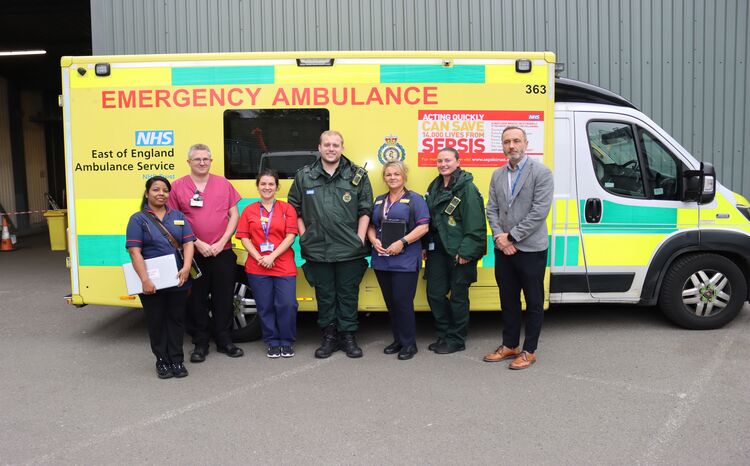Study finds issues with stroke triage
- 21 May 2009
Software used by ambulance staff to triage calls misses more than 50% of people who have had a stroke, according to researchers.
A study published this week in the Emergency Medical Journal looked at the use of the triaging software Advanced Medical Priority Dispatch Software, which is used to judge the level of emergency from a verbal description of symptoms provided by the caller.
During a six month study period, researchers from South Central Ambulance Service NHS Trust in Hampshire looked at almost 5,000 patients who were admitted by ambulance, of which 126 were subsequently diagnosed by a doctor as having a stroke.
Of those diagnosed with a stroke, only 60 had been picked up by the Advanced Medical Priority Dispatch Software (AMPDS), with the remaining 66 given another diagnosis.
However the suppliers of AMPDS said the study was based on a version of AMPDS that has since been revised twice and that the software is the only system in the UK to incorporate the FAST stroke diagnosis tool
The study calls for revisions to the way stroke patients are classified. The researchers said the software contains several stroke related questions. People who were unconscious were automatically graded as Category A – which merits an eight minute ambulance response time. Stroke patients who were still conscious warranted a Category B, 19 minute response.
The authors found fewer than one in four stroke patients were given a Category A ambulance response and 3% were given a Category C (60 minute) response.
The system also coded 62 other patients as having had a stroke when they other problems.
The authors called for the Category B response for conscious stroke patients to be upgraded to Category A. They added: “This first link in the chain of survival needs strengthening in order provide prompt and timely emergency care for these patients.”
The authors said most UK ambulance services use APMDS and the system is widely used throughout the rest of Europe and America.
A spokesperson for Priority Medical Dispatch, the suppliers of AMPDS, told EHI Primary Care that use of the FAST tool, incorporated in the latest versions of AMPDS, enables call handlers to pass on vital information to the responding ambulance.
He added: "59% of all stroke 999 calls taken in the first two weeks of April 2009 in East Midlands Ambulance Service demonstrated strong evidence of a stroke according to the FAST tool used by the emergency dispatch call takers. These call takers had an onset of symptoms of less than two hours resulting in a category A response as defined by the Department of Health."





